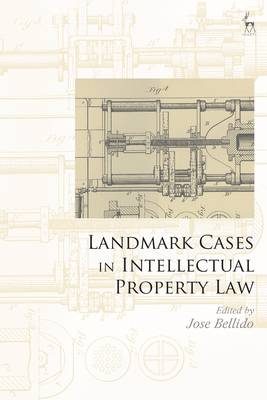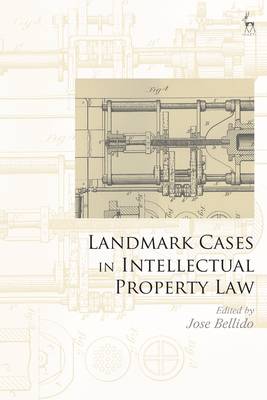
- Afhalen na 1 uur in een winkel met voorraad
- Gratis thuislevering in België vanaf € 30
- Ruim aanbod met 7 miljoen producten
- Afhalen na 1 uur in een winkel met voorraad
- Gratis thuislevering in België vanaf € 30
- Ruim aanbod met 7 miljoen producten
Zoeken
Landmark Cases in Intellectual Property Law
€ 93,45
+ 186 punten
Omschrijving
This volume explores the nature of intellectual property law by looking at particular disputes. All the cases gathered here aim to show the versatile and unstable character of a discipline still searching for landmarks. Each contribution offers an opportunity to raise questions about the narratives that have shaped the discipline throughout its short but profound history. The volume begins by revisiting patent litigation to consider the impact of the Statute of Monopolies (1624). It continues looking at different controversies to describe how the existence of an author's right in literary property was a plausible basis for legal argument, even though no statute expressly mentioned authors' rights before the Statute of Anne (1710). The collection also explores different moments of historical significance for intellectual property law: the first trade mark injunctions; the difficulties the law faced when protecting maps; and the origins of originality in copyright law. Similarly, it considers the different ways of interpreting patent claims in the late nineteenth and twentieth century; the impact of seminal cases on passing off and the law of confidentiality; and more generally, the construction of intellectual property law and its branches in their interaction with new technologies and marketing developments. It is essential reading for anyone interested in the development of intellectual property law.
Specificaties
Betrokkenen
- Uitgeverij:
Inhoud
- Aantal bladzijden:
- 416
- Taal:
- Engels
- Reeks:
Eigenschappen
- Productcode (EAN):
- 9781509935109
- Verschijningsdatum:
- 23/01/2020
- Uitvoering:
- Paperback
- Formaat:
- Trade paperback (VS)
- Afmetingen:
- 156 mm x 234 mm
- Gewicht:
- 571 g

Alleen bij Standaard Boekhandel
+ 186 punten op je klantenkaart van Standaard Boekhandel
Beoordelingen
We publiceren alleen reviews die voldoen aan de voorwaarden voor reviews. Bekijk onze voorwaarden voor reviews.










